Google Analytics is a powerful tool that tracks and analyzes website traffic for informed marketing decisions.
Service URL: policies.google.com
_gac_
Contains information related to marketing campaigns of the user. These are shared with Google AdWords / Google Ads when the Google Ads and Google Analytics accounts are linked together.
90 days
__utma
ID used to identify users and sessions
2 years after last activity
__utmt
Used to monitor number of Google Analytics server requests
10 minutes
__utmb
Used to distinguish new sessions and visits. This cookie is set when the GA.js javascript library is loaded and there is no existing __utmb cookie. The cookie is updated every time data is sent to the Google Analytics server.
30 minutes after last activity
__utmc
Used only with old Urchin versions of Google Analytics and not with GA.js. Was used to distinguish between new sessions and visits at the end of a session.
End of session (browser)
__utmz
Contains information about the traffic source or campaign that directed user to the website. The cookie is set when the GA.js javascript is loaded and updated when data is sent to the Google Anaytics server
6 months after last activity
__utmv
Contains custom information set by the web developer via the _setCustomVar method in Google Analytics. This cookie is updated every time new data is sent to the Google Analytics server.
2 years after last activity
__utmx
Used to determine whether a user is included in an A / B or Multivariate test.
18 months
_ga
ID used to identify users
2 years
_gali
Used by Google Analytics to determine which links on a page are being clicked
30 seconds
_ga_
ID used to identify users
2 years
_gid
ID used to identify users for 24 hours after last activity
24 hours
_gat
Used to monitor number of Google Analytics server requests when using Google Tag Manager
1 minute

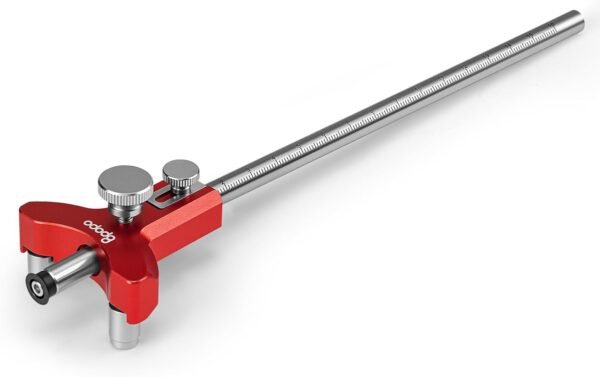










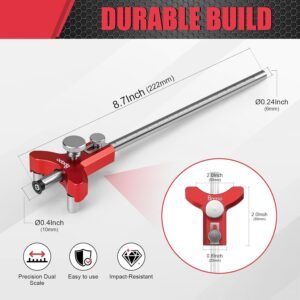
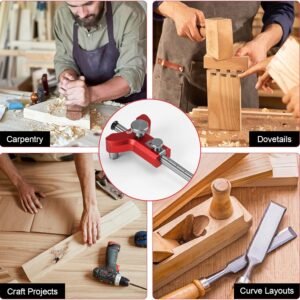







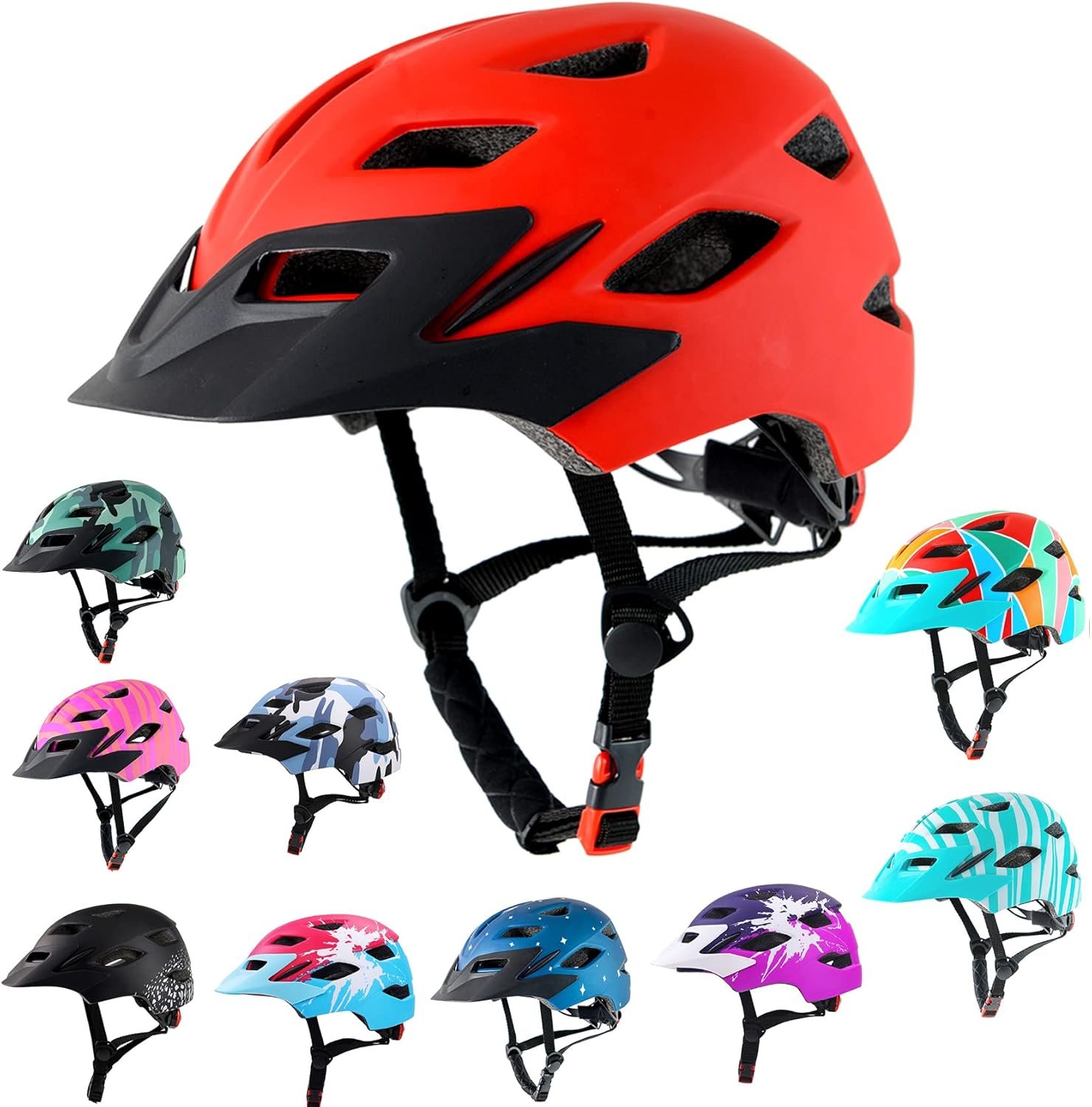





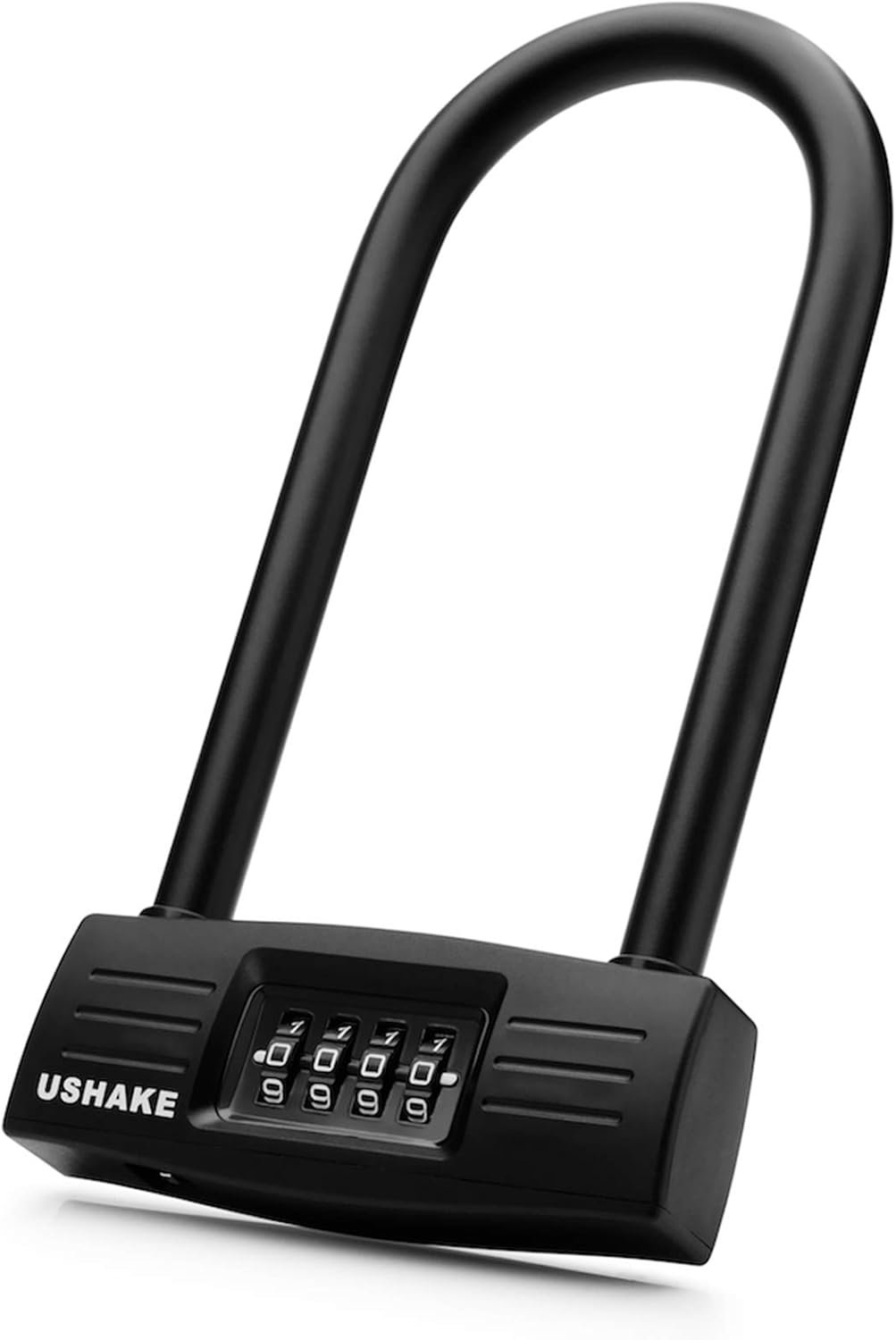
Elliot –
Wheel has some play in it, but if you can fix that, it’s a great tool
I’m torn between giving this a 3 and a 4, which is a shame, because it’s a very solid gauge other than one major flaw. The wheel has a bit of play to it and so it can wobble on you, which obviously is sub-optimal in a marking gauge. I was hoping that it was a matter of the wheel not being fully screwed down. It wasn’t, but that didn’t fix the issue. But, it’s likely fixable with the addition of an appropriately sized small thin washer. I almost wonder if one was supposed to be in there. I’ll be rummaging about my parts bins to see if I have something suitable, because once I have that bit worked out, I’ll actually be very happy with the gauge. So, I’m giving it stars kind of expecting that this will be an easy fix. But realistically, I should not need to fix a brand new tool right out of the box.It is well made, otherwise. Hefty and reasonably well machined. Rolls and marks well. Pretty easy to set up. I really like the fact that you can use it on straight runs and curves.As noted by others, the markings are a bit difficult to read. It’s nice that they’ve included both inches to 1/16th and centimeters/mm. I was hoping that rubbing a sharpie over the etched markings would make them stand out a bit more, but it didn’t really do much. I guess I’ll just have to bust out good lighting and my reading glasses when using it. But, that’s true for more of my tools than just this one.
Farcical –
Flexible and versatile marking gauge
This is a well thought-out marking gauge! There’s lots of little elements to the design that I appreciate. I like that the scribe can be recessed into the guide fully to prevent any damage during transport/storage. Compared to wooden instruments, the design of this can allow working in tighter spaces (at least in lateral dimensions). This has a significant range, so can also be extended to much more depth than more conventional marking gauges, although I expect there would be chances for more error the more you extend the scribe, as drag could cause this to torque over if you are not carefully holding/operating the tool as you scribe your marks.The lock operates easily, precisely, and confidently. There is no real documentation provided with this tool, so it is up to you to figure out how it works. There’s a tab on the back side that can be adjusted to align with graduations on the etched slide for measurements, but that is part of this tool that I do not understand — by making that piece adjustable, it’s difficult to get a precise measurement, though you could measure it out and then permanently lock that piece down, maybe even with some loctite. The markings on the slide are in both imperial and metric scales, but are difficult to read under normal ambient light.The longer slide on this, is both a benefit and a potential drawback of this design – I could see it getting in the way in some situations.When appropriately secured, there is virtually no play in the slide, the rollers or the scribe. I’m confident that this would give greater precision in the markings it produces than my ability to replicate in a cut.
QuackAddict –
Not a great user experience
The positives are that it can work well to mark a round object and and feels good in hand, but its not that satisfying to use.In the second picture, a flat head screwdriver must’ve over tightened and created a sharp point on the bottom, and the 3rd picture shows a small dent after the anodization, so they’re small cosmetic things, but other companies offer perfect products for the price. The cutterhead spins on this gauge, while my other gauges do not have rotating cutters, and I kinda feel like the static heads mark better then the rotating ones. The head spinning with the work makes sense, but the extra play in the head outweighs the benefits.I somehow thought the flat faces on the red part would help register against the work, but its only the two spinning bearings that register, as seen in the first picture. The markings are very hard to reach, but BOTH metric and imperial on the are gauge. The microadjust on the back doesn’t make sense to me, as I first thought you can dial in a zero, but you cant, nor can you set two depths, so I don’t understand its use, but it gives 7mm of travel fwiw.Knobs are nicely knurled, and it does give better and wider registration when the circular marking gauges, so it’ll have a permanent place in my workflow despite the small drawbacks.
Loren Woirhaye –
kind of a miss.
The markings on the steel shaft are really hard to read in the light and don’t seem to be engraved. For curves this can be a useful gauge but for general use I don’t think it will be useful due and for that, which is what most joinery marking in furniture construction consists of, a different style will serve better imo.There’s a sliding thing on the back of the head but I can’t figure out what it’s there for.
Blake and Eliza Mullenix –
Could be perfect with some instructions
Pros:-This thing is great! I love these kinds of markers and the curve on this thing really makes it versatile.- Just FYI, it is only as good as your rolling edge, so you should make sure that you are measuring from a known good edge.-Marking wheel is sharp and really good for soft woods. Rolls easily and is SO much quicker than a pencil and edge.-The measuring lines look great and are verifiably accurate.Cons:-The measurements are great, but the indicator is adjustable and if you adjust that, it can be a real issue. It took me a long time to get it back to normal.-Did not come with instructions and if you aren’t experienced, you can easily get incorrect measurements.-if you aren’t careful, the cutting wheel can angle and you can be a couple mm off-The marking wheel struggles on hard woods.